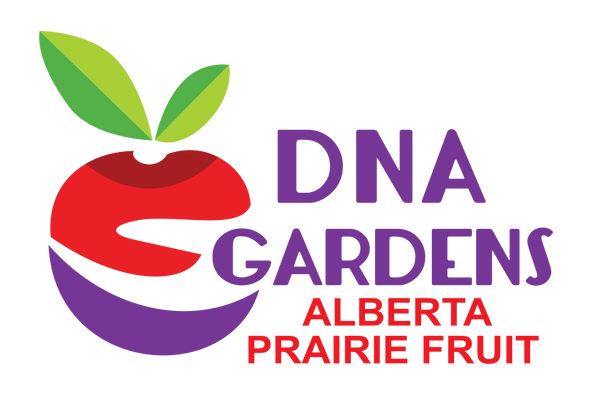Designing a Garden: Essential Tips for Your Landscape
Are you thinking of revamping your garden? A well-manicured garden not only adds value to your property but also provides a serene outdoor space to enjoy during the beautiful spring, summer and fall seasons in Alberta. Whether you're just getting started or already have a garden, here are some essentials for designing your garden.
Consider Sun Light, Soil, Water, and Your Plant Hardiness Zone
Sunlight – Depending on what you're planting, you need at least 6 hours of sunlight shining on your plants during the spring and summer. Consider the fences, buildings, and other plants around your garden area when gauging sunlight. For a successful harvest of fruits and vegetables, you will need at least 8 hours of full sun. Plants will produce more flowers and fruits if they receive enough sunlight. Determine whether you have full sun, part sun, shade, dappled shade, morning sun, or a combination.
Soil – Determine the type of soil you have, whether it's clay, sand, silt, or a combination. In Alberta, there are various types of soil, so research your area or dig the ground to determine its type. Ideally, you should have topsoil that has built up from the decomposition of organic matter over the years. Check your pH, as certain plants prefer alkaline or acidic soil. We generally recommend prairie loving plants that enjoy our higher pHs. Amend your soil annually with mulch or better yet, start a compost pile and use its nutrient-dense soil as mulch. If your soil is terrible, consider remediating it with topsoil or a lasagna layering system. (More about lasagna layering in another blog to come...)
Water – How will water get to your garden beds? Hand watering daily, especially during hot summer months, can be high maintenance. We recommend drip irrigation that you can hook up to your outside faucet. You can buy timers for these and set them for 30 minutes three times a week, depending on whether you mulched and how much water the plant needs. You can set different zones for different watering needs. Remember, watering is a balancing act between under and over-watering. It's best to water deeply less often than to water lightly more often.
Zone – Here in Alberta, you may have a zone from 0a to 4b. We sell zone 2 to zone 4 plants at DNA gardens. When determining your zone, look at maps online and consider anything that may contribute to a microclimate. Microclimates are small pockets that can have higher or lower zones than the surrounding area. These can be created by a sunny south wall or if there's water nearby. Perhaps there's a part of your property that is extremely windy because it's beyond any shelter. Only the warmest spots in Alberta will reach a zone 4 so be extra careful when selecting these plants.
Consider Your Space and What You Want Planted
Physically measure your space and consider the plants' circumference at full maturity. Will you have to prune it to make it fit? If so, it's not the right plant in the right place. Design your garden from your favorite viewing point. Does your kitchen window overlook your garden beds, or do you have a patio where you most like to view from? Are you looking to build an edible landscape or an ornamental one? Are you looking to add hardscaping, a pond, possibly a fire pit? Draft a few rough ideas before settling on the perfect fit. Consider colors, textures, and height.
One Last Thing to Remember
"Right plant, right place." This will determine whether you are successful or not. Ensure the spot you selected gets enough sunlight and water for the plant and that the soil is nutrient-dense enough, dry or wet enough, and deep enough.
Written by:
Skye K.
Horticulturist at DNA Gardens

